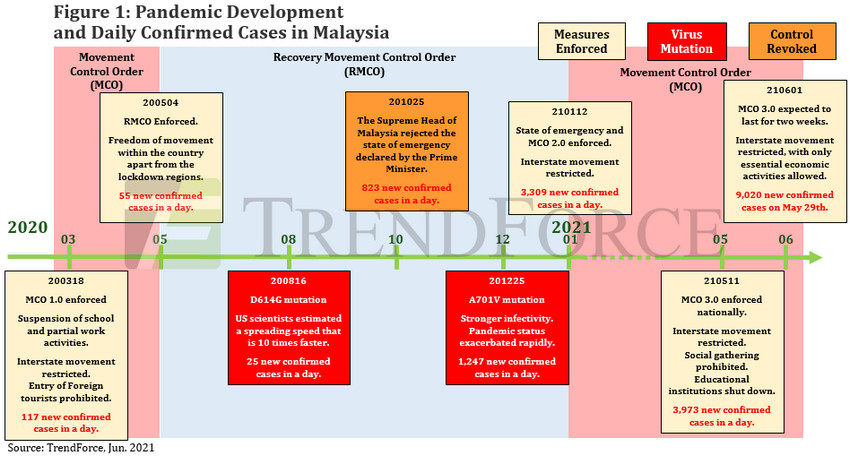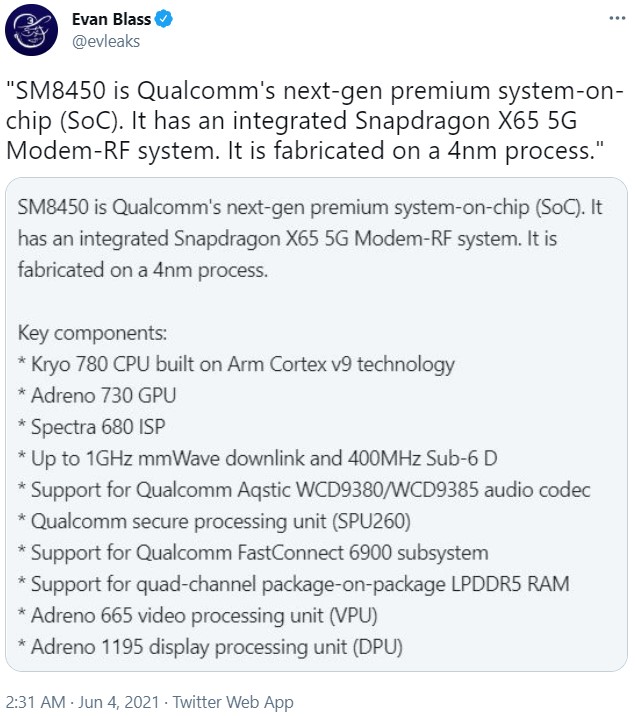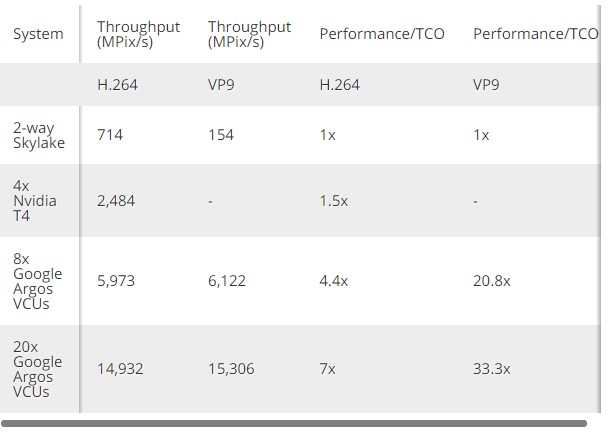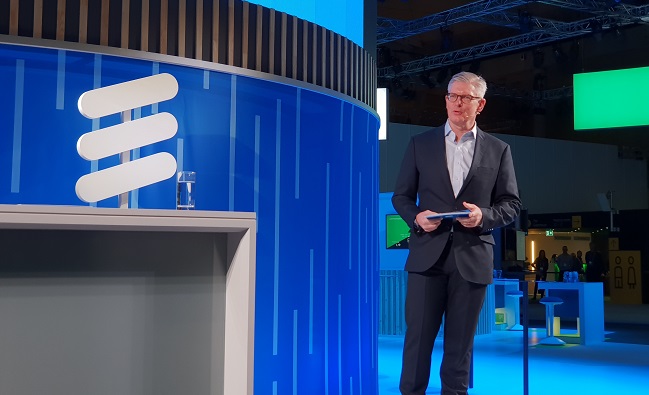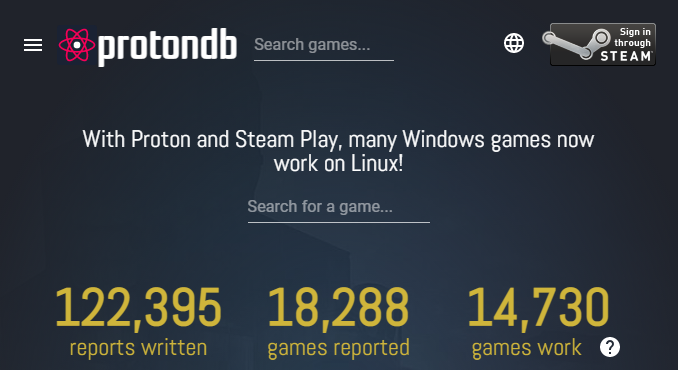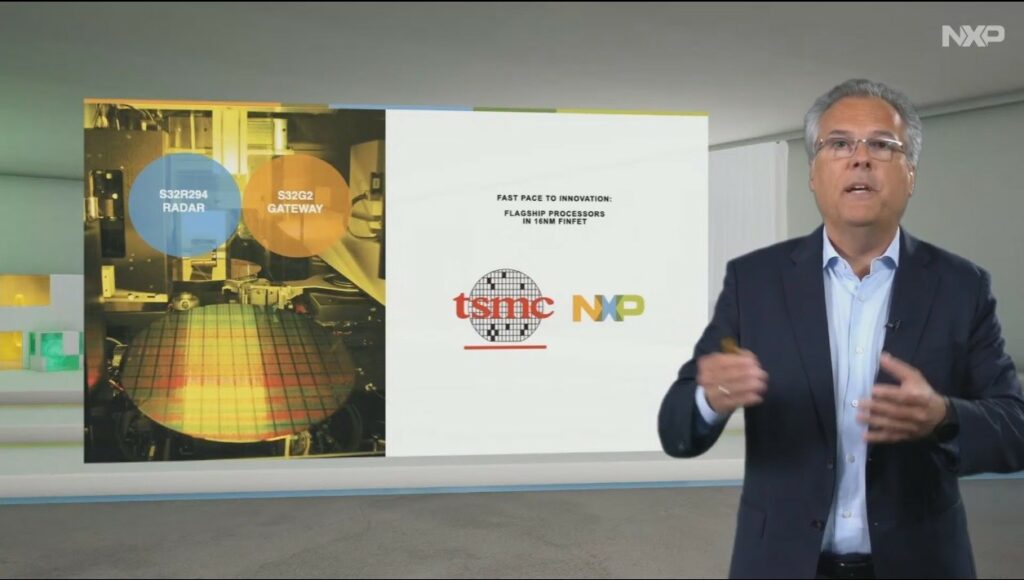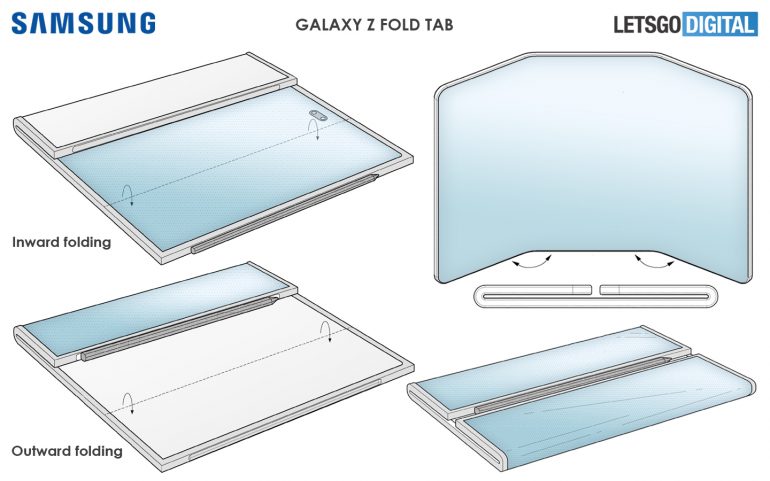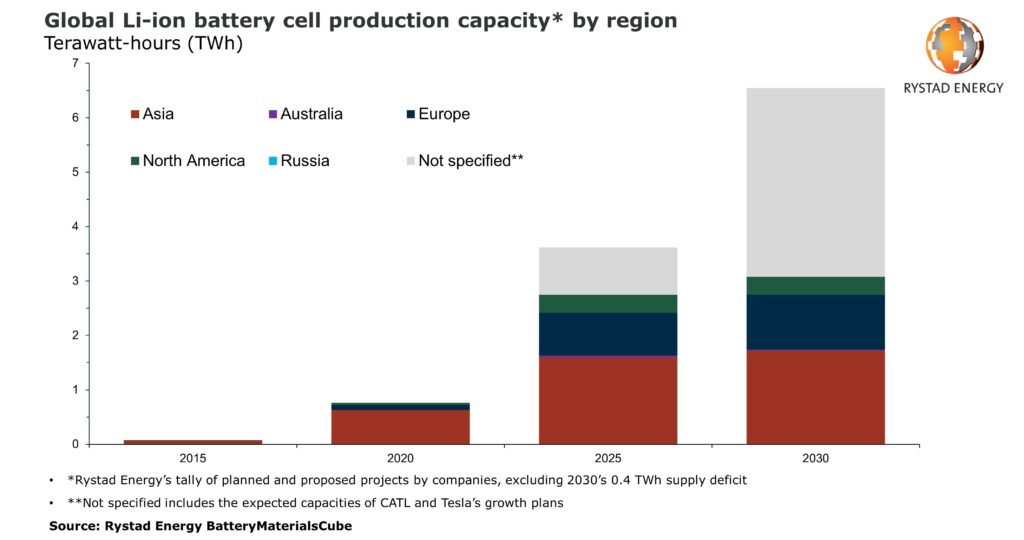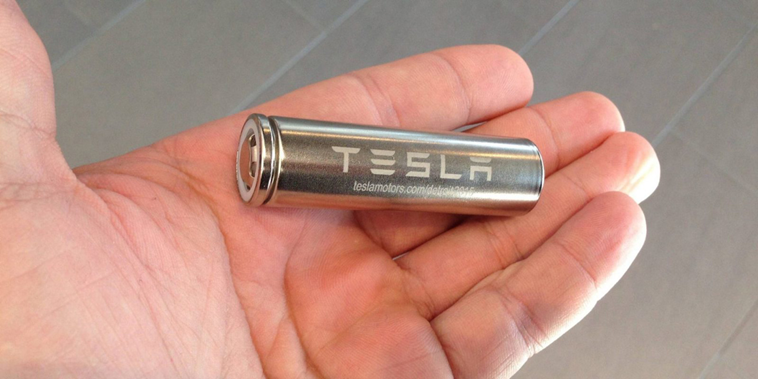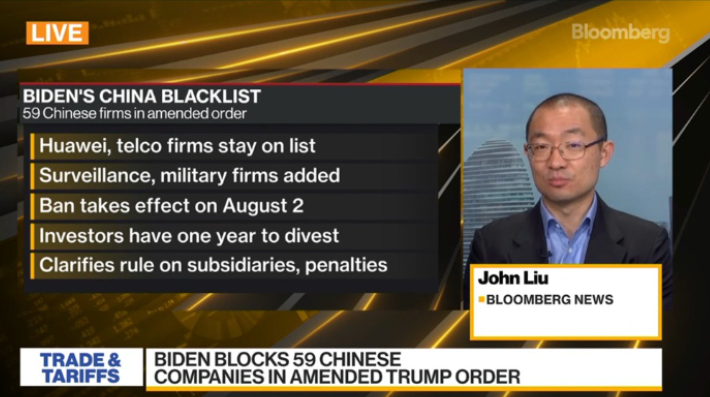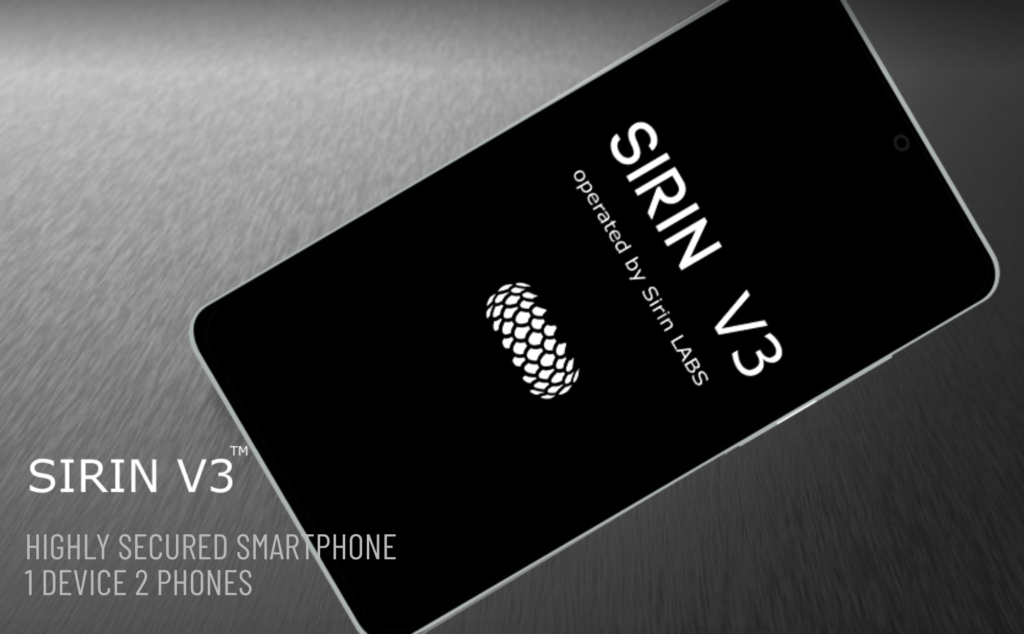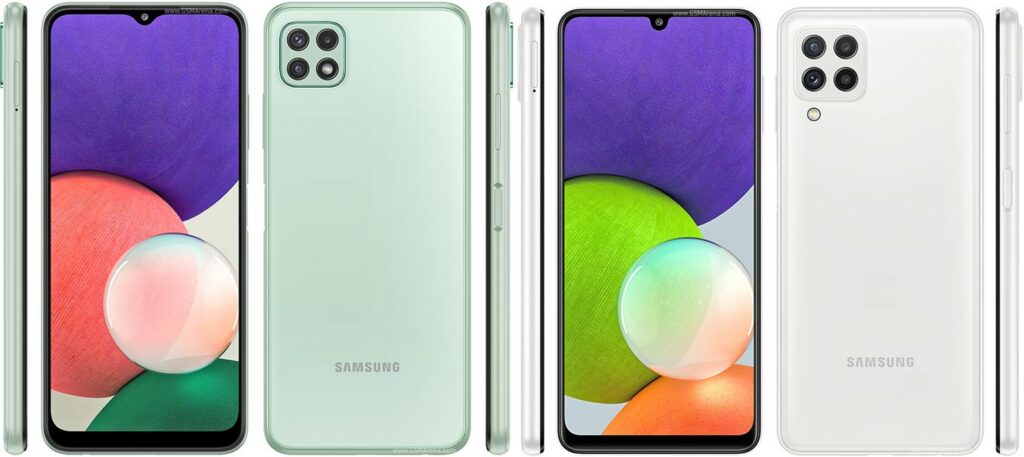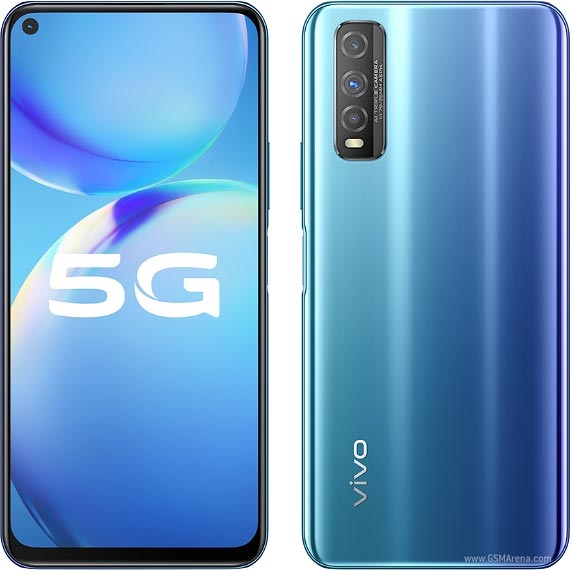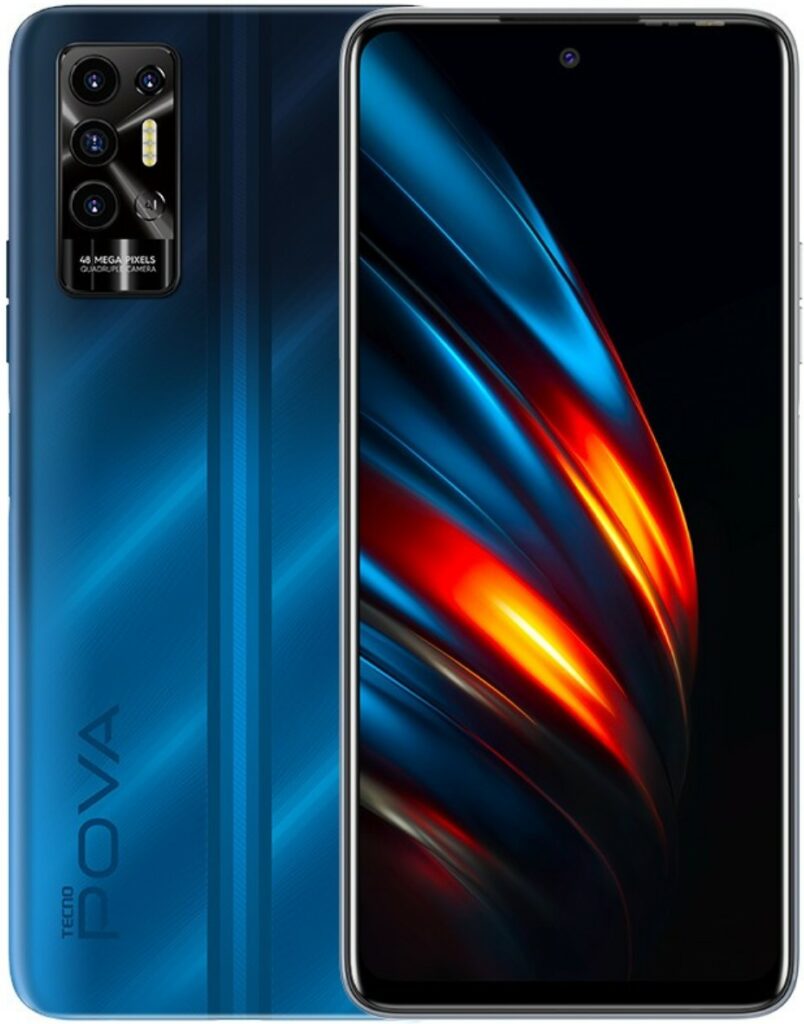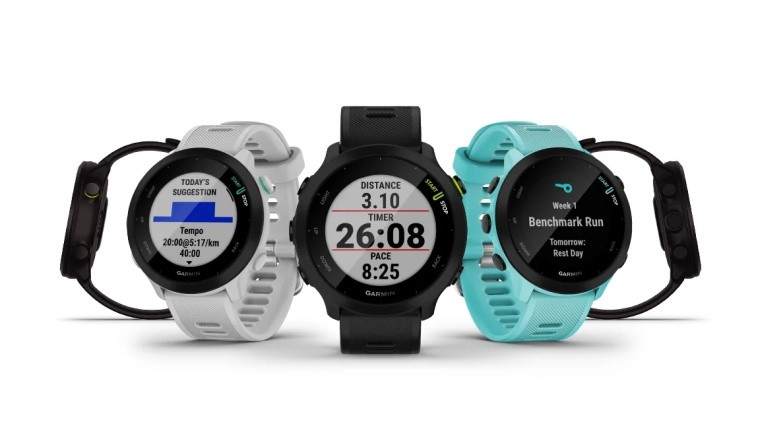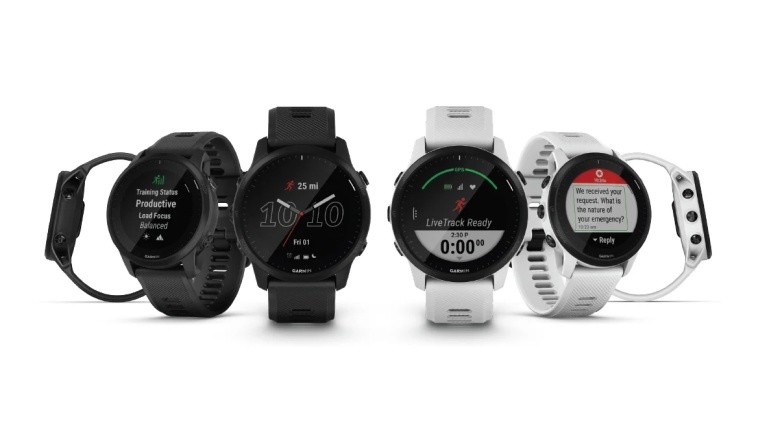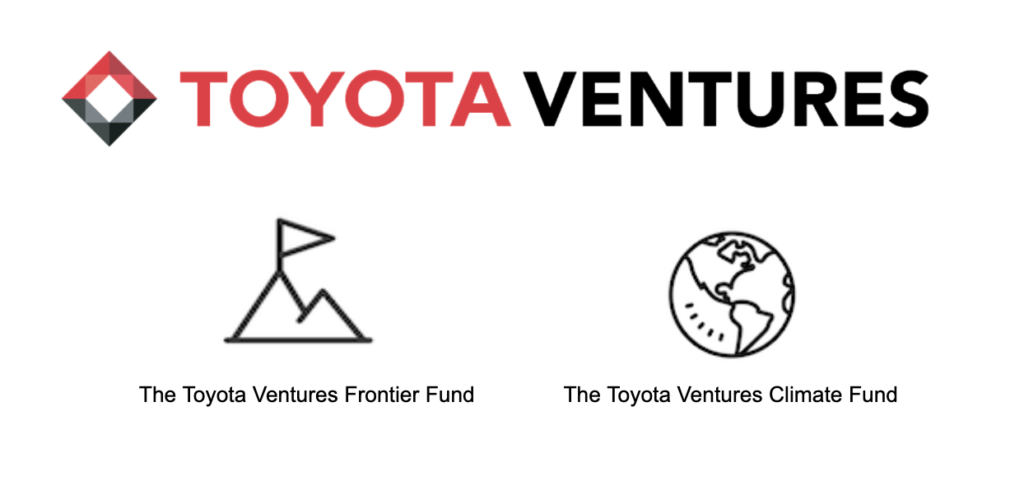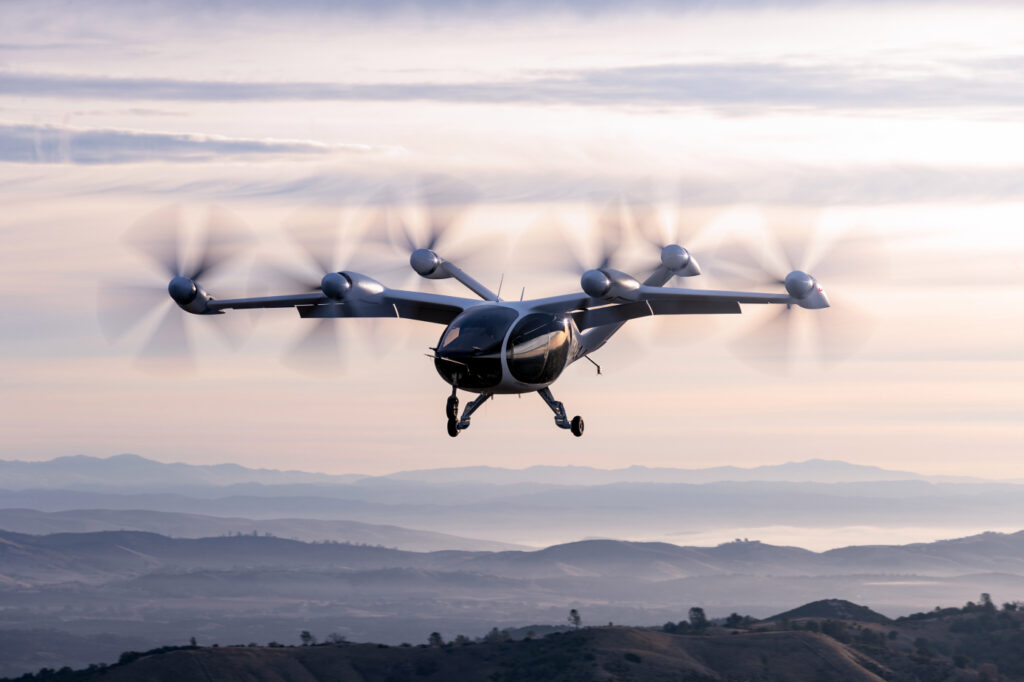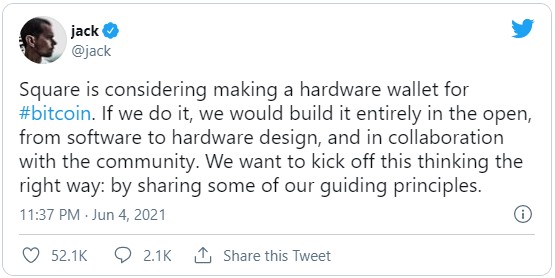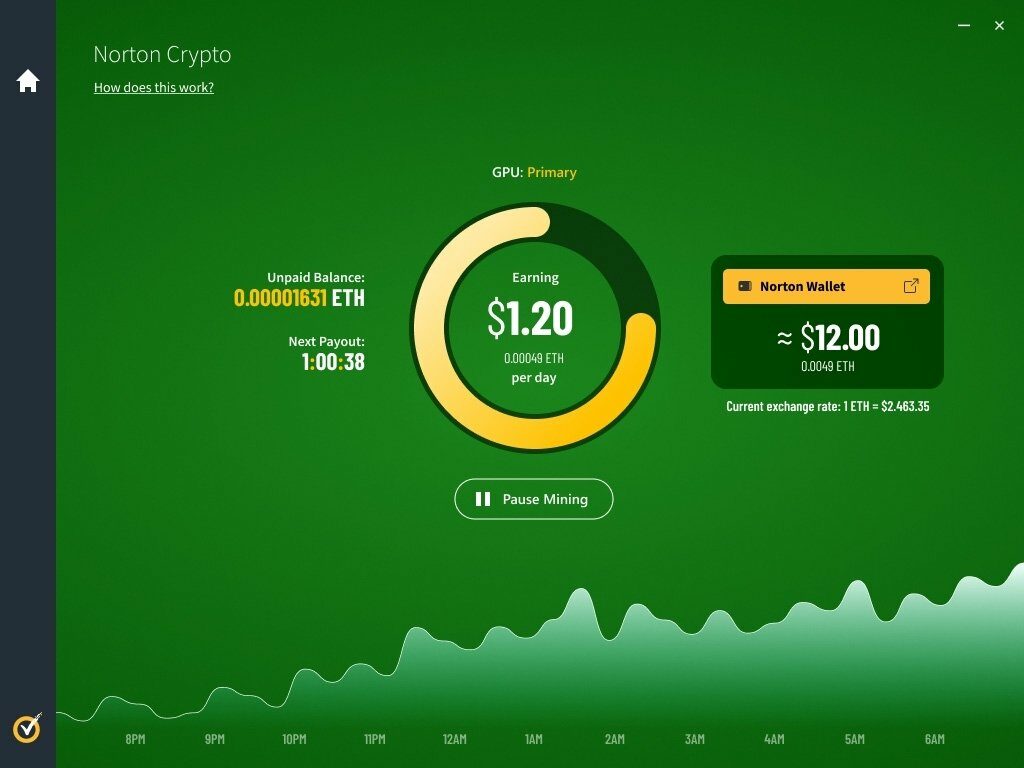
6-5 #Rain : Qualcomm Snapdragon “SM8450” is allegedly a “next-gen premium system-on-chip”; The US President Joe Biden has signed an executive order that bans U.S. entities from investing in 59 of Chinese companies; etc.
National governments in Southeast Asian countries, including Thailand, Vietnam, and Malaysia, have been instituting increasingly stringent pandemic control measures in response to the intensifying COVID-19 pandemic in these countries. Remarkably, these countries are all hotspots in the electronic component supply chain, and Malaysia, home to many semiconductor packaging and testing facilities as well as passive component fabs, has now come under the international spotlight as a result. In particular, Malaysia’s MCO 3.0 (Movement Control Order 3.0) lockdown, which is extended on 1 Jun 2021, specifically excludes the semiconductor industry, as this industry boasts relatively high market revenue. As such, packaging and testing facilities are currently operating normally in Malaysia, according to TrendForce’s latest investigations. (TrendForce, TrendForce)
Qualcomm Snapdragon “SM8450” is allegedly a “next-gen premium system-on-chip” that will succeed the Snapdragon 888. It is built with 4nm process, including an integrated Snapdragon X65 5G modem, Kyro 760 CPU, Adreno 730 GPU, and Spectra 680 ISP. (GSM Arena, Twitter, 9to5Google, Mopress, Gizmo China, IT Home)
Google has designed its own new processors, the Argos video (trans)coding units (VCU), that have one solitary purpose: processing video. The highly efficient new chips have allowed the technology giant to replace up to tens of millions of Intel CPUs with its own silicon. Google’s VCU integrates ten H.264/VP9 encoder engines, several decoder cores, four LPDDR4-3200 memory channels (featuring 4×32-bit interfaces), a PCIe interface, a DMA engine, and a small general-purpose core for scheduling purposes. (CN Beta, IT Home, Semi Analysis, Tom’s Hardware)
Ericsson CEO Borje Ekholm has predicted a global chip shortage would continue into 2022, increasing the likelihood the vendor would be affected after so far managing to mitigate the impact. He has noted Ericsson began diversifying its supplier base almost three years ago, helping it weather current shortages and leaving it positioned to “be able to continue to supply our customers like we have in the past”. (Laoyaoba, Sohu, Mobile World Live)
Nvidia has announced that it is partnering with Valve to bring its Deep Learning Super Sampling (DLSS) graphics tech to Linux via Steam Proton. DLSS is Nvidia’s solution to the problem of improving a game’s performance without having to compromise too much on presentation. (CN Beta, ProtonDB, The Verge, Tom’s Hardware)
Japan Ministry of Economy, Trade and Industry (METI) has said that it would treat semiconductor industry growth as a “national project” — as important as securing food and energy. METI has said that the government will support the establishment of manufacturing bases in Japan including through joint ventures with overseas chip foundries. Japan’s share of global semiconductor sales dwindled to just 10% in 2019, down from 50% in 1988. The country still has 84 chip factories, the most in the world, but they are not producing enough high-end products. As a result, Japan now has to import 64% of its semiconductors. (Laoyaoba, Japan Times, Xinhuanet)
The U.K. government and IBM have announced a 5-year GBP210M (USD297.5M) artificial intelligence (AI) and quantum computing collaboration, in the hopes of making new discoveries and developing sustainable technologies in fields ranging from life sciences to manufacturing. (VentureBeat, IBM, CN Beta)
NXP Semiconductors and TSMC have jointly announced volume production of NXP’s S32G2 vehicle network processors and S32R294 radar processor built using TSMC’s 16nm FinFET process technology. This marks the migration of NXP’s S32 family of processors to increasingly advanced process nodes as automobiles continue to evolve into powerful computing platforms. NXP’s 16nm automotive processors also pave the way for a wider migration to TSMC’s 5nm process for the NXP S32 family of vehicle processors. (Laoyaoba, Globe Newswire, Yahoo, Digitimes)
Samsung’s patent titled “Method and device for providing user interface in electronic device having foldable display” describes a foldable device with 2 hinges with 3 display sections, dubbed “Samsung Galaxy Z Fold Tab”. When completely folded, the gap left by the two outer sections is enough to house an S Pen and the vertically stacked triple camera setup. (GSM Arena, LetsGoDigital)
Enterprise SSD procurement has been rising on the back of growing server shipments since 2Q21, according to TrendForce. In particular, the share of 8TB products in shipments of SSDs to data centers has shown the most noticeable growth, which is expected to persist through 3Q21. However, certain SSD components and parts may be in shortage due to insufficient foundry capacity. TrendForce is therefore revising the QoQ hikes in contract prices of enterprise SSDs for 3Q21 to 10-15% from the previous projection of 5-10%. (CN Beta, TrendForce, TrendForce)
Apple is reportedly still working on a wireless charging device capable of simultaneously delivering power to iPhone, AirPods and Apple Watch. Apple is also researching wireless charging technology that works at greater distances than modern inductive charging solutions like Qi and its own Apple Watch system. The company is working to integrate wireless charging capabilities into its tablets. Apple is reportedly mulling a glass back design for 2022 iPad Pro. A magnetic wireless charging system like MagSafe is also in the works. Apple is also developing so-called reverse charging, or “bilateral” charging, capabilities for its top-end tablet hardware. (Apple Insider, Bloomberg)
The adoption of electric passenger vehicles is expected to be instrumental in a global frenzy to beef up the world’s Li-ion battery manufacturing capacity to meet surging demand. Together with other forms of electrified transport and storage applications, annual demand for batteries will approach 7 terawatt hours (TWh) in 2030. Given that factory capacity stood at just 0.76TWh at the end of 2020, investments of some USD560B are likely needed to cover the shortfall, according to Rystad Energy. (CN Beta, Rystad Energy)
LG Energy Solution is close to finishing the development of coin cell batteries, also known as button cells. The company will likely compete for orders for them for use in wireless earphones such as Apple AirPods and Samsung Galaxy Buds with Samsung SDI, Varta and EVE Energy, once it begins mass production. LG Energy Solution will likely produce samples for them in 2021, while mass production will begin sometime in 2022. LG Energy Solution had so far focused on pin cell batteries. But it is now preparing to build a pilot line for coin cell batteries. (CN Beta, The Elec)
LG Chem’s LG Energy Solution will supply Tesla in China with lithium-ion cells with the new NCMA cathode material (lithium nickel cobalt manganese aluminium) from Jul 2021. The NCMA cathode materials’ nickel content is 90%. They will be used for cylindrical batteries that LG Energy Solution supplies to Tesla’s SUV Model Y. (Laoyaoba, Inside EVs, Business Korea, Electrek)
Google has selected 30 startups to receive a share of its USD2M Black Founders Fund in Europe. The fund is announced 2020 fall as part of a company-wide effort toward “building a more equitable future for everyone,” alongside grants and new sponsorships. More than 800 companies have applied. (CN Beta, TechCrunch, Google)
The US President Joe Biden has signed an executive order that bans U.S. entities from investing in 59 of Chinese companies with alleged ties to defense or surveillance technology sectors. The Treasury Department will enforce and update on a “rolling basis” the new list of about 59 companies, which bars buying or selling publicly traded securities in target companies, and replaces an earlier list from the Department of Defense. (Android Authority, The Verge, CNBC, White House, Reuters, Nikkei Asia, My Drivers)
Sirin Labs, maker of the SOLARIN and FINNEY, the first blockchain-enabled smartphone, launches the secured dual persona SIRIN V3 smartphone, setting a new standard for data security with its isolated data-transfer and communications ecosystem. Based on Samsung Galaxy S21, the V3 provides a military-grade encrypted “Work Space” mode in addition to the standard smartphone, all in one device. It is priced at USD2,650. (Phone Arena, CN Beta, GSM Arena, Android Authority, Sirin Labs)
The European Commission and UK regulators have opened antitrust investigations into Facebook over concerns its Marketplace service is unfairly distorting competition for classified ads. Both are interested in if Facebook have unfairly used advertising data to compete in the classified ads market, and are collaborating as part of the investigation. (The Verge, Reuters, Reuters, WSJ, Sina)
Samsung Galaxy A22 5G / 4G are announced in Europe: A22 5G – 6.6” 1080×2400 FHD+ v-notch TFT 90Hz, MediaTek Dimensity 700 5G, rear tri 48MP-5MP ultrawide-2MP depth + front 8MP, 4+64 / 4+128GB, Android 11.0, side fingerprint, 5000mAh 15W, EUR229 / EUR249. A22 4G – 6.4” 720×1600 HD+ v-notch Super AMOLED 90Hz, MediaTek Helio G80, rear quad 48MP OIS-8MP ultrawide-2MP macro-2MP depth + front 13MP, 4+64 / 4+128GB, Android 11.0, side fingerprint, 5000mAh 15W, price is yet to be announced. (GSM Arena, Samsung, Samsung, Samsung Mobile Press, Neowin, GizChina)
vivo Y70t is official in China – 6.53” 1080×2340 FHD+ HiD IPS LCD, Samsung Exynos 880, rear tri 48MP-2MP macro-2MP depth + front 8MP, 6+128 / 8+128 / 8+256GB, Android 10.0, side fingerprint, 4500mAh 18W, CNY1,499 (USD235) / CNY1,699 (USD265) / CNY1,999 (USD310). (Gizmo China, GSM Arena)
Tecno Pova 2 is unveiled in Philippines – 6.9” 1080×2460 FHD+ HiD IPS LCD, MediaTek Helio G85, rear quad 48MP-2MP macro-2MP depth-2MP AI lens + front 8MP, 6+128GB, Android 11.0, rear fingerprint, 7000mAh 18W, PHP7,990 (USD167). (Gizmo China, GSM Arena, Revu, Fonearena)
Google has announced Pixel Buds A-Series wireless earbuds, priced at USD99, featuring Adaptive Sound feature that automatically adjusts headphone volume based on an environment’s ambient noise levels. (CN Beta, Apple Insider)
The global true wireless stereo (TWS) hearables market managed to sustain its growth trend in 1Q21 despite the pandemic-triggered economic fall. According to Counterpoint Research, TWS unit sales grew 44% YoY in 1Q21. China showed the highest growth YoY while North America continued to occupy the largest share. The share of the over-USD100 segment dropped through the 2020 as more consumers decided to go with the mid-range and budget TWS amid the COVID-19 pandemic. However, the segment’s share slightly recovered in 4Q20 and reached 46% in 1Q21. (Android Headlines, Counterpoint Research)
Garmin has announced 2 fitness watches in the US——Forerunner 55 targeted at those on a budget, priced at USD200; and Forerunner 945 LTE is meant specifically for athletes, priced at USD650: Forerunner 55 – 1.04” 208×208 MIP display, built-in GPS, supports 24×7 respiration rate, relaxation reminders, woman’s health, sunrise/sunset times, Fitness Age (on watch) and full Connect IQ compatibility. Forerunner 946 LTE – 1.2” MIP display, GPS, heart rate sensor, Coach service, and emergency assistance, tracks blood oxygen saturation levels.(Neowin, Android Authority, Gadgets and Wearables)
Waymo One, the ride-hailing service that uses driverless vehicles in the suburbs of Phoenix, can now be accessed and booked through Google Maps. Waymo has about 600 vehicles in its U.S. fleet. About 300 to 400 of those are in the Phoenix area, but not all of those are used in the driverless Waymo One fleet. (TechCrunch, CN Beta)
German carmaker BMW China boss Jochen Goller has said that BMW wants to reduce CO2 emissions together with its suppliers across the whole supply chain by 20% compared to 2019 levels by 2030. By 2023, the China range of BMW and Mini is to include 12 battery-electric models “in all segments”. (CN Beta, Clean Energy Wire, Heise.de, DPA, Electrive)
Toyota AI Ventures, Toyota’s standalone venture capital fund, is renamed as Toyota Ventures. The fund is commemorating its new identity by investing an additional USD300M in emerging technologies and carbon neutrality via two early-stage funds: the Toyota Ventures Frontier Fund and the Toyota Ventures Climate Fund. The introduction of these two new funds, each worth USD150M, brings Toyota Ventures’ total assets under management to over USD500M. (TechCrunch, Toyota, Toyota)
Joby Aviation is partnering with one of the country’s largest parking garage operators and a real estate acquisition company to build out its network of vertiports. The partnership with REEF Technology and Neighborhood Property Group will give Joby “access to an unparalleled range of rooftop locations across all key metropolitan areas in the US. (CN Beta, TechCrunch, Joby Aviation)
Roadster, the Palo Alto-based digital platform that gives dealers tools to sell new and used vehicles online has been acquired for USD360M by retail automotive technology company CDK Global. The online sales platform initially hosted dealers’ inventory on its site but handled the entire sales process with customers. Roadster now works more directly with dealerships by providing its digital retail tools directly to these businesses through its “Express” products. (TechCrunch, SEC, CDK Global)
Square CEO Jack Dorsey has revealed that Square may make a Bitcoin hardware wallet. He has further added that it is important for them to build an inclusive product that brings a non-custodial solution to the global market. (Engadget, Twitter, CN Beta)
NortonLifelock has added the ability to mine Ethereum cryptocurrency directly within its Norton 360 antivirus program as a way to “protect” users from malicious mining software. This new mining feature is called “Norton Crypto”and will be rolling out to Norton 360 users enrolled in Norton’s early adopter program. (Engadget, Bleeping Computer)

